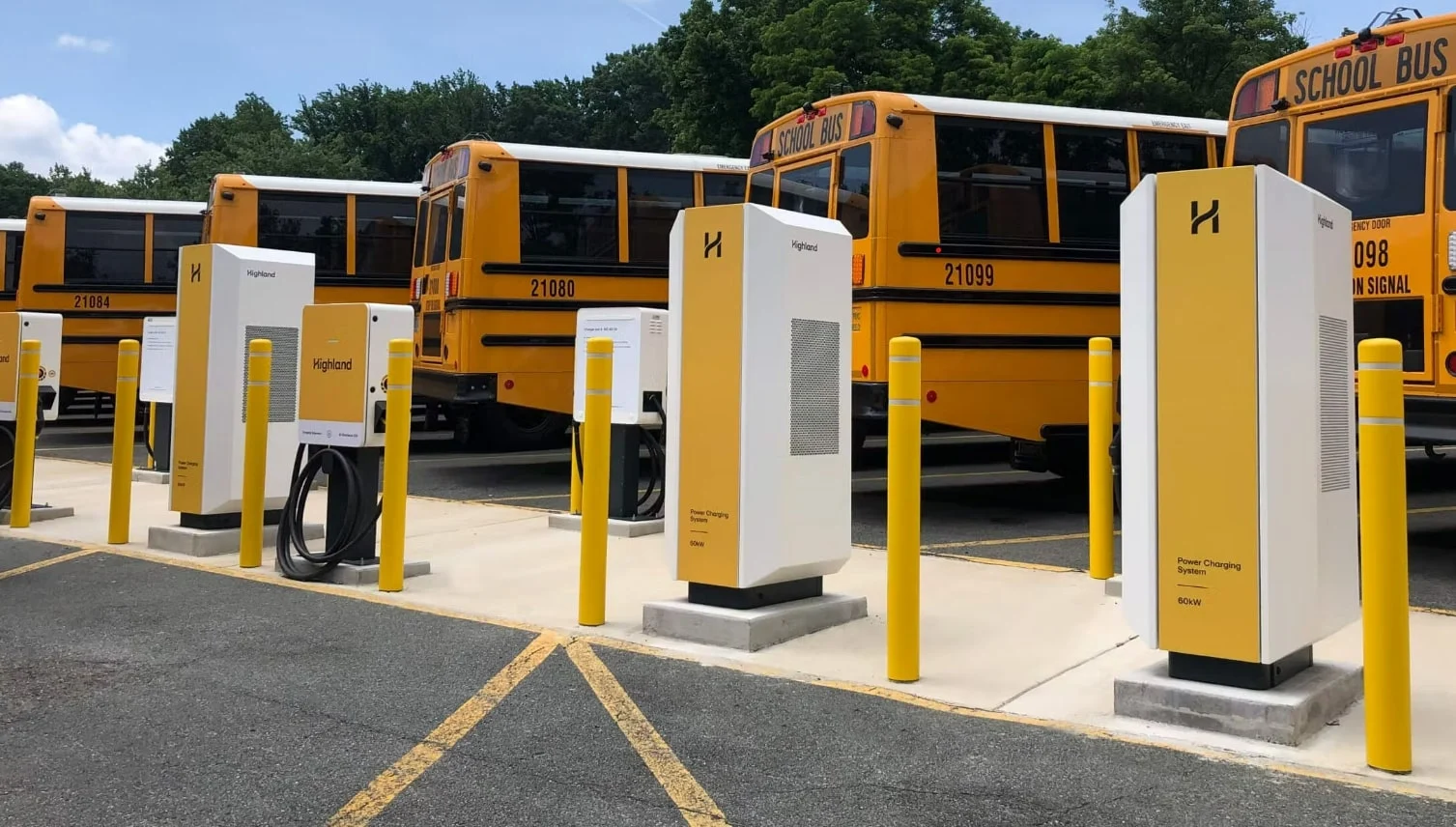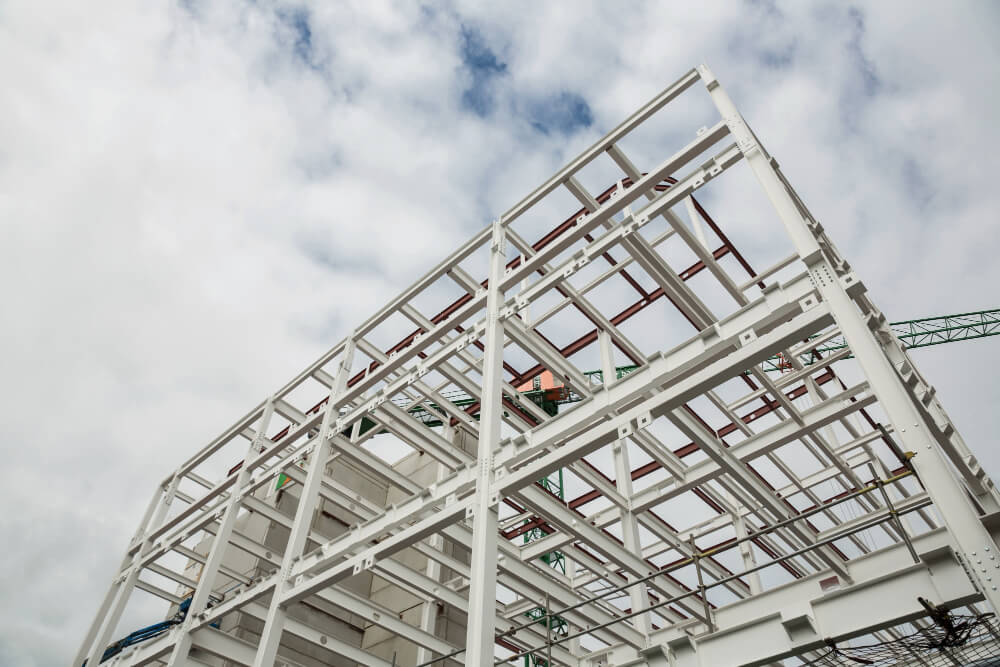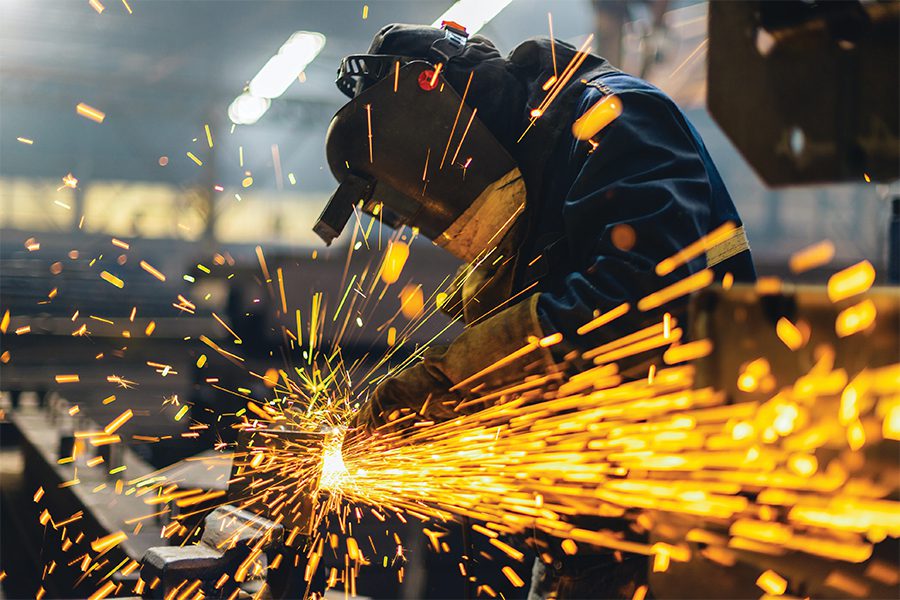A Quick Guide to Installing EV Chargers for School Fleets

The transition to electric school buses is a major step towards cleaner air and a more sustainable future for communities. However, acquiring the buses is only part of the equation. A crucial component of this transition is the successful installation of a robust EV charging infrastructure. This guide provides a quick overview of the essential steps for school districts embarking on a school bus EV charger installation project, highlighting the key considerations and partners needed to ensure a smooth and effective rollout.
Planning Your School Bus EV Charger Installation Project
The Importance of a Detailed Site Assessment
Before any work begins, a thorough site assessment is paramount. This initial phase helps in understanding the electrical capacity of your current facility, identifying the best locations for chargers, and determining the layout of charging stations to accommodate the entire bus fleet. The assessment should consider factors such as available power from the utility, the required charging speeds (Level 2 vs. DC fast chargers), and the physical space available for parking and vehicle movement. Engaging with an experienced electrical engineer is a critical first step to design a system that is both efficient and scalable for future growth.
Navigating the Permitting and Rebate Landscape
Installing EV charging infrastructure for a school fleet involves navigating local, state, and sometimes federal regulations and permitting processes. It is essential to understand the requirements of your local utility and municipality early on. Additionally, many government bodies and environmental agencies offer grants and rebates to help school districts cover the cost of school bus EV charger installation. Identifying and applying for these funding opportunities can significantly reduce the financial burden of the project.
The Role of Specialized Fabricators in Your Project
The Need for Durable Steel Support Structures
While the chargers themselves are a key component, they require a solid foundation and support to withstand daily use and outdoor conditions. This is where a specialized EV Charger steel supports fabricator becomes an invaluable partner. These fabricators design and create the durable steel frameworks, bases, and protective bollards that secure the chargers, protecting them from physical damage and ensuring long-term reliability.
Expertise in Custom Solutions
An experienced EV Charger steel supports fabricator can provide custom solutions tailored to the specific needs of a school bus depot. This includes fabricating supports that can handle the size and weight of industrial-grade chargers and designing protective barriers to prevent accidental impacts from buses. For instance, a company like Patalan, with its background in pre-engineered buildings and custom metal fabrication, has the expertise to create and install the robust steel structures needed for a safe and durable charging station. Their ability to manage complex mechanical and structural projects ensures that the charging infrastructure is built to last.
Final Steps and Project Completion
Installation and Commissioning
Once the planning and fabrication are complete, the physical installation begins. This phase includes the trenching for electrical conduits, the pouring of concrete foundations, the mounting of the steel supports, and the final installation of the charging units. After the chargers are in place, a commissioning process is necessary to test all systems and ensure they are operating correctly. This is also the time to train your staff on how to use and manage the new charging equipment.
Long-Term Maintenance and Management
After the charging stations are operational, a plan for ongoing maintenance and fleet charging management is crucial. This includes regular inspections of the chargers and steel supports, as well as a system to monitor charging schedules to ensure all buses are ready for their routes. A well-maintained charging infrastructure is key to a successful long-term transition to an all-electric fleet.
Conclusion
A school bus EV charger installation project is a complex but rewarding endeavor. By carefully planning each stage, from initial site assessment to partnering with a skilled EV Charger steel supports fabricator like Patalan, school districts can ensure a smooth transition to electric fleets. Investing in a robust and well-supported charging infrastructure is not just about adopting new technology; it’s about making a lasting commitment to sustainability, efficiency, and the health of the community for years to come.



